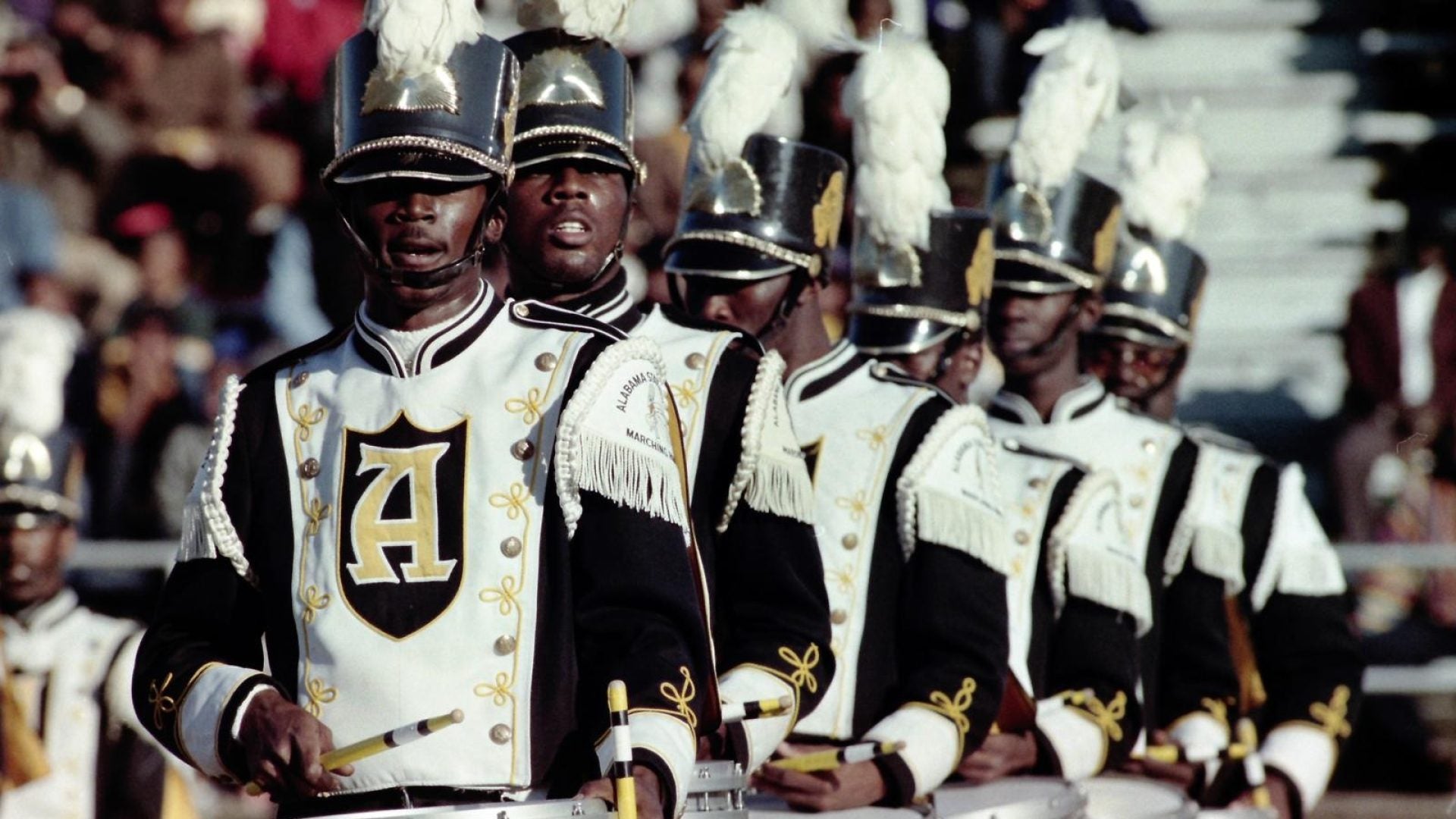
This article originally appeared in the September/October 2022 issue of ESSENCE
Major motion pictures have been centered around the Historically Black College and University (HBCU) homecoming—from Spike Lee’s iconic 1988 School Daze to the 2002 dramedy Drumline. Revered hip-hop artists, such as The Notorious B.I.G., have included quotable mentions about them in their lyrics. Beyoncé in 2018 created and named an epic Coachella performance based on one; it aired on Netflix in 2019. These occasions are among the rare annual events for which senior citizens, toddlers and everybody in between enthusiastically show up, and all have a great time. The HBCU homecoming experience is an international treasure.
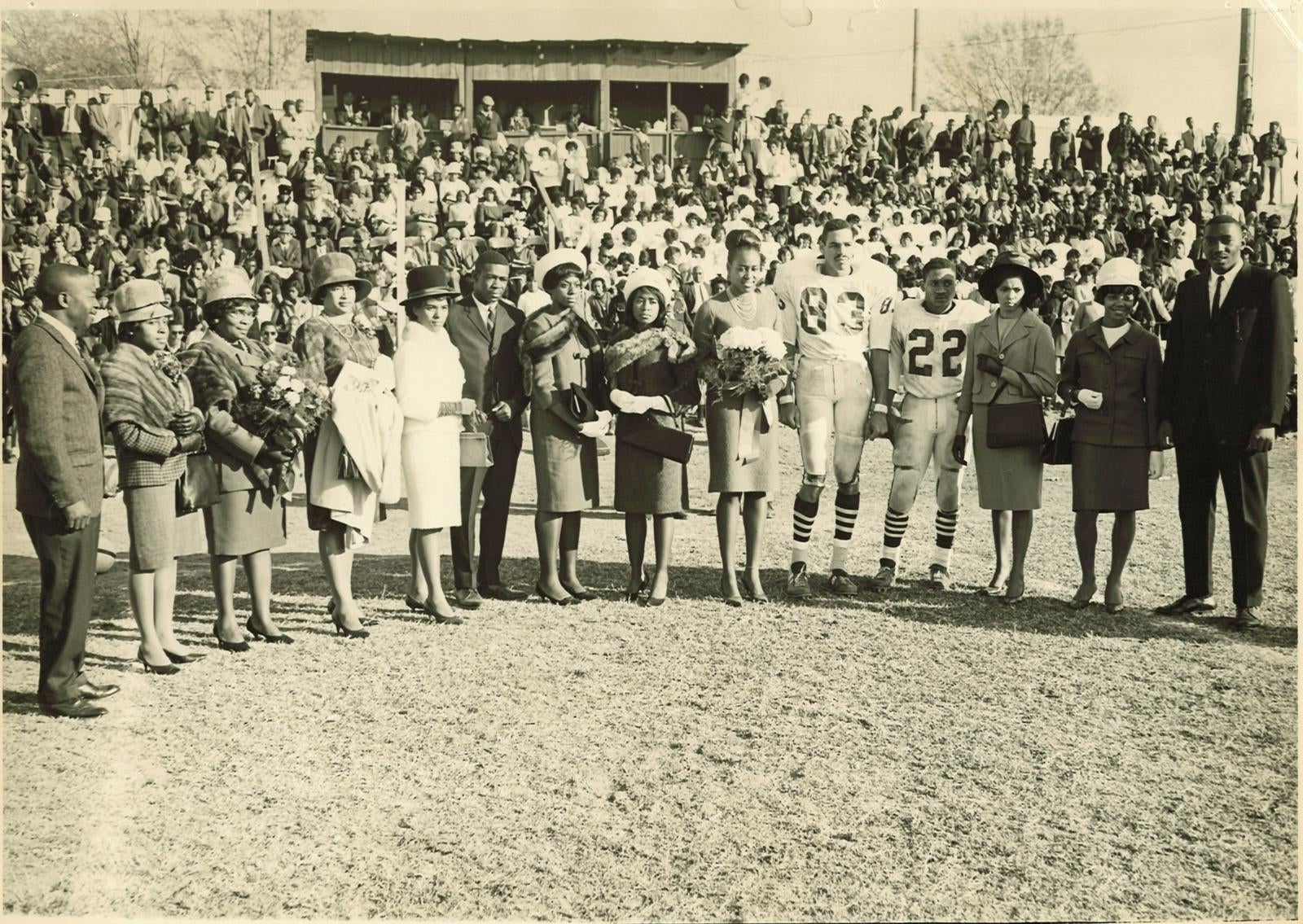
Cambridge Dictionary defines homecoming as “a celebration at school or college, usually including a dance and a football game, when people who were students there at an earlier time can return to visit.” However, an HBCU homecoming cannot be defined. Sure, there’s a football game, but that halftime show? The real ones know that’s the true highlight. And all the other elements of this weeklong celebration—the dances, brunches, fashion shows, step shows, talent shows, parades, concerts and tailgates—display an unequivocal style beyond the bounds of ordinary definition.
“At predominately White institutions (PWIs), homecoming is simply about two rival football teams battling it out,” explains former Wall Street analyst and Spelman College alumna -Claudia Walker, author of the best-selling children’s book series The ABCs of HBCUs. “At HBCUs, you go to homecoming for the people, not just the game. You’re returning home to see some of the people who have made the most impact on your life.”
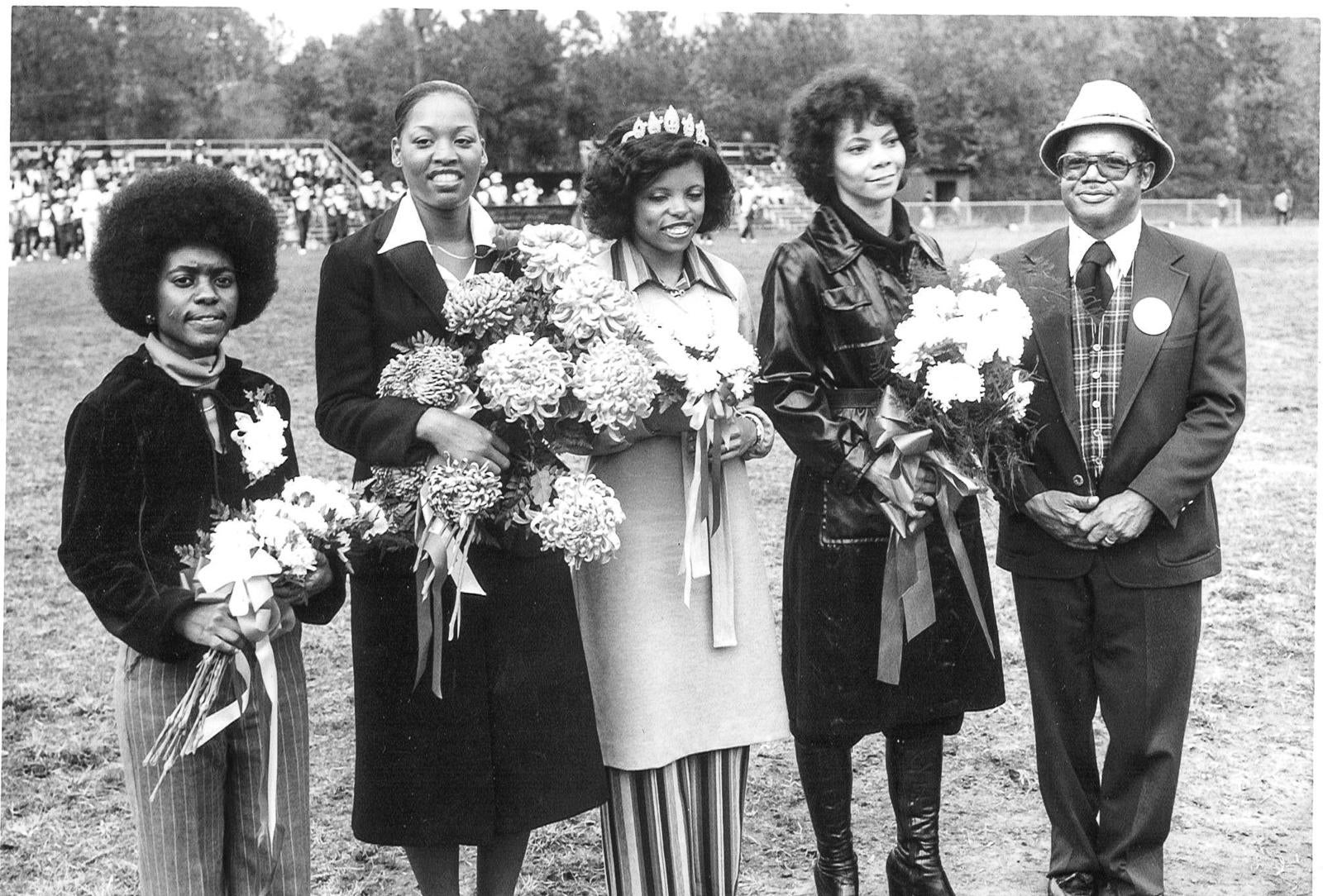
As context, the first HBCU, Cheyney University, was -established in 1837 in Cheyney, Pennsylvania, 28 years before the 1865 abolition of slavery in the United States. Since then, HBCUs have served as vital gathering places for our community. “HBCU homecomings provide a rich experience for -people of African descent,” says Ronell Miller, North Carolina -Agricultural & Technical University graduate and founder of the entrepreneurial resource HBCUstartups. “There are a -variety of events for all generations. It’s amazing to see Black people from around the world come together for a positive cause. It is a breath of fresh air, especially during hard times such as these.”
North Carolina Agricultural & Technical University, or A&T as it is affectionately known, has GHOE—the Greatest Homecoming on Earth. Of course, every HBCU could arguably apply this humorous moniker to its own homecoming. But Miller says GHOE has a deeper meaning. “GHOE is memorable because A&T has the largest student population of any HBCU,” he explains. “Also, the Greensboro, North Carolina, community is heavily involved with GHOE. The entire week, students, alumni and faculty are embraced by local residents.”
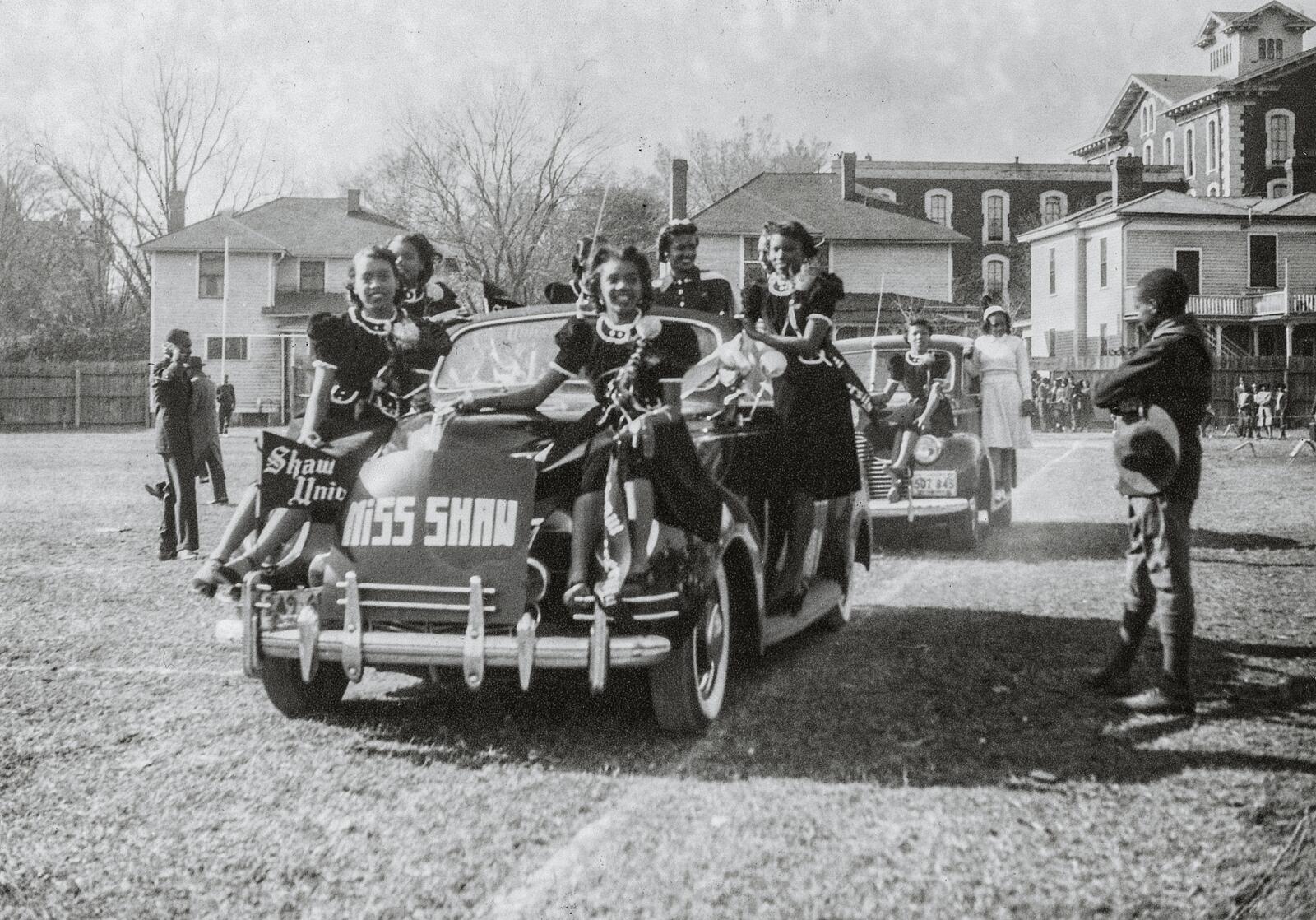
Christopher Cathcart, a Howard University graduate and coeditor of HBCU Experience: The Book, a collection of essays celebrating the Black college experience, goes even further. “HBCU homecomings look more like a huge Black family reunion than the gathering of some folk who shared a similar academic experience,” he says. “All are welcomed. When we celebrate our homecomings, we celebrate not only our specific schools but also our collective history. It is not lost on me that when my crew gathers at Howard’s homecoming, we post up in front of Frederick Douglass -Memorial Hall, one of the school’s signature buildings. I take great pride in that, and the feeling is unique to the HBCU experience. HBCU homecomings are the physical reminder that we are a part of something larger than ourselves. We have responsibilities that reach beyond our own -comfort and convenience.”
HBCU legacy students—multiple generations of the same family who attend one institution—are a definitive part of this uniqueness, especially when you factor in slavery and Reconstruction, Jim Crow and the Civil Rights eras. In fact, one family, the Waynes, has had a documented seven-generation run at Grambling State University, in Grambling, Louisiana. They hold the Guinness World Record for the most -family members to graduate from one university.
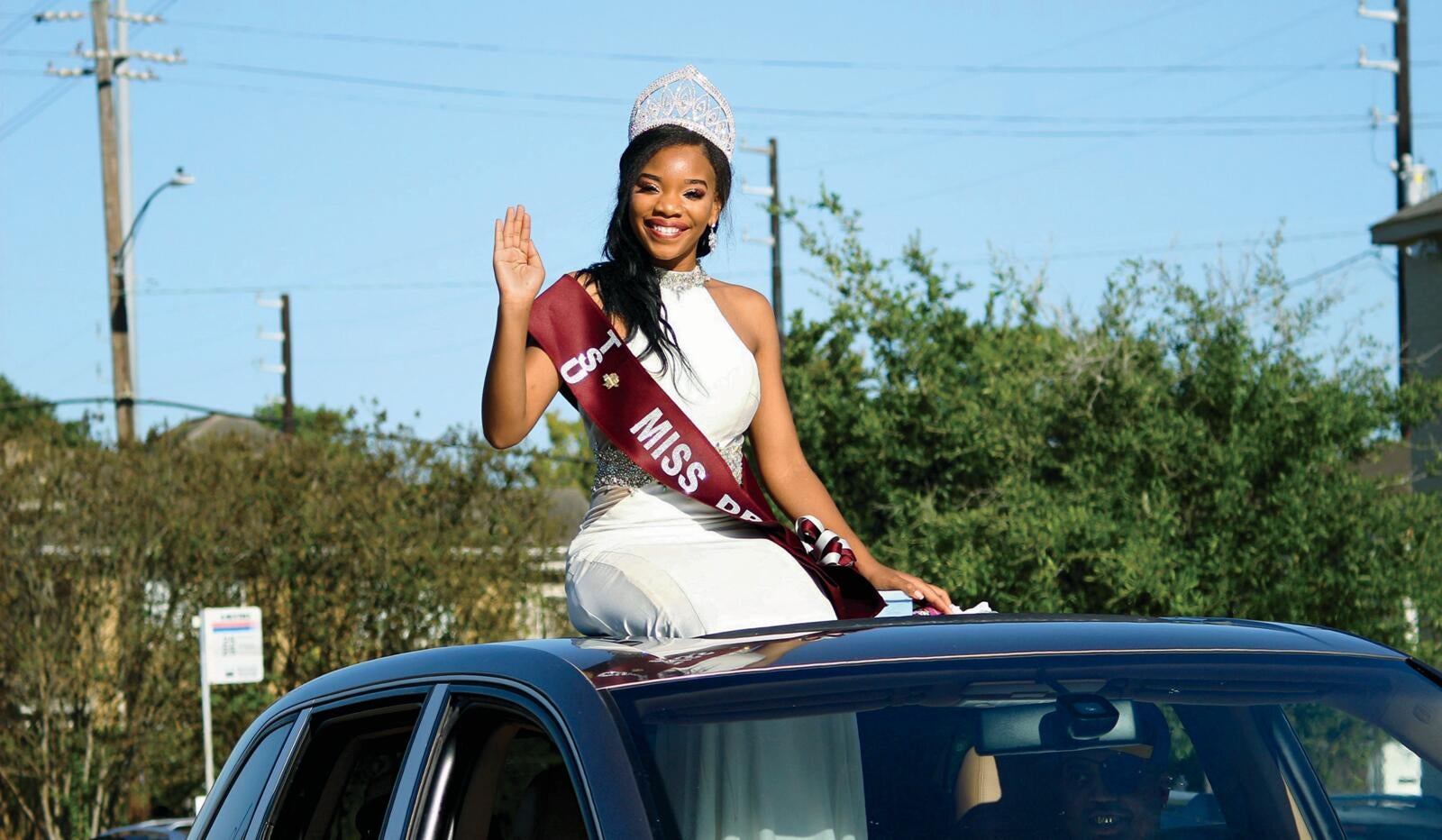
The talent that HBCUs nurture across industries is outstanding. There are just over 100 of these beloved institutions, yet they produce an impressive 80 percent of all Black judges, 70 percent of Black dentists and 50 percent of Black teachers. HBCUs are also responsible for 42 percent of Black engineers, 47 percent of Black women engineers and 40 percent of the Congressional Black Caucus. So when all these folks gather at homecoming, a hefty amount of networking takes place. Your niece needs an internship? Your bestie’s line sister tells you to email her résumé next week. Searching for a trusted real estate attorney to help you close on a new home? Your former chemistry professor connects you to his go-to guy. And yes, all this community building takes place in between sipping from red Solo cups, dressing to the nines for every function on the itinerary and maybe doing some swag-surfing.
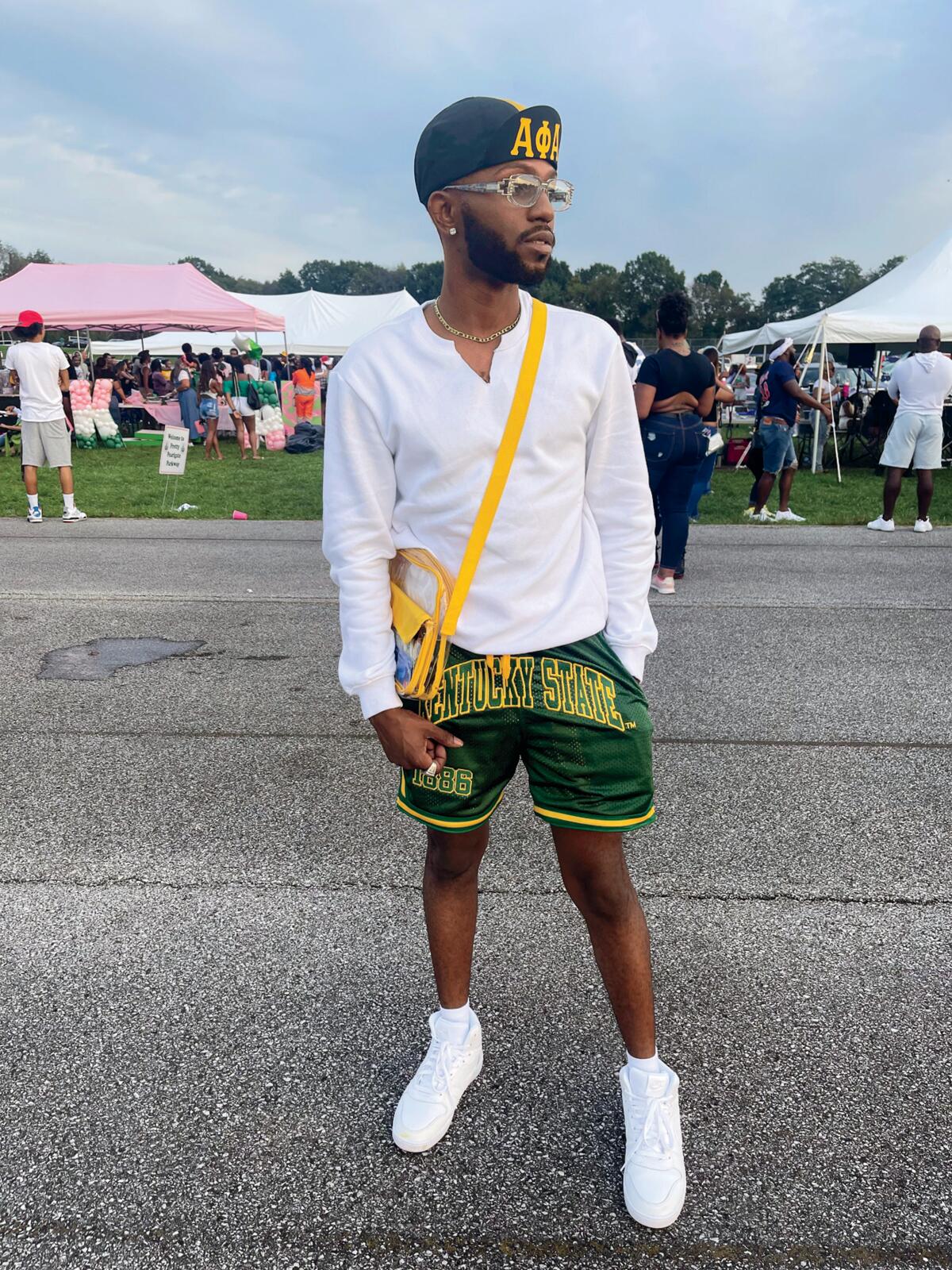
Then there’s the Homecoming fashion show, which typically takes place midweek and is always a hot ticket. Producers of these shows often become campus celebrities, and the competition to model in one is fierce. It is no surprise that retail giants like Target, mega brands such as Nike and iconic fashion labels like Ralph Lauren are tapping into the HBCU effect. The latter even released a capsule collection with Spelman and Morehouse colleges earlier this year.
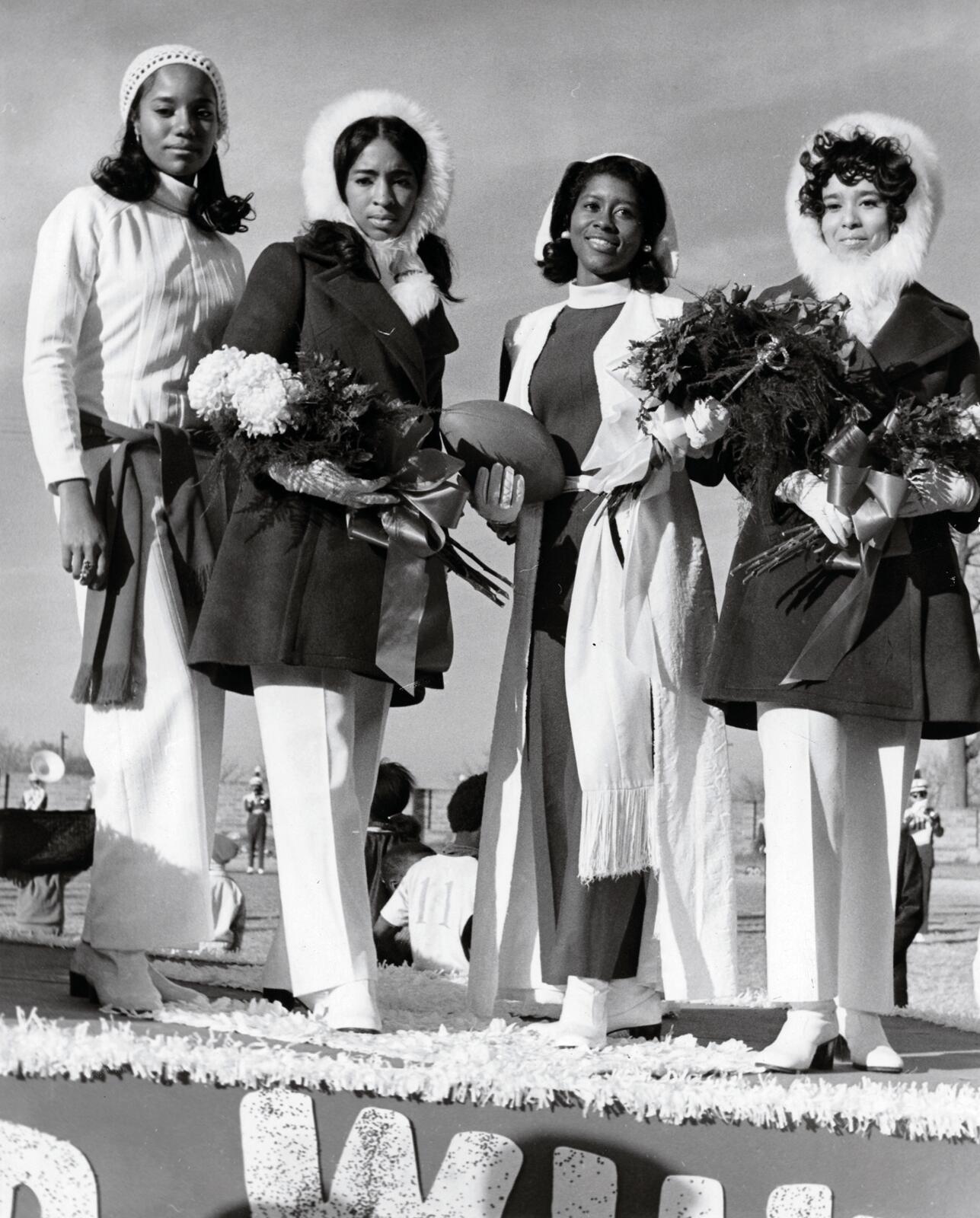
“There was a very strong sense of fashion on campus in the 1980s at Hampton, our ‘home by the sea,’” says Hampton University graduate Ruth -E. Carter, who became the first Black person to receive an Oscar for costume design when she won for her work on 2018’s Black Panther. She also was the costume designer for School Daze. “The way we dress shows a sense of pride, a sense of empowerment, a sense of self-esteem. That is something ingrained in our DNA. That’s in our culture.”
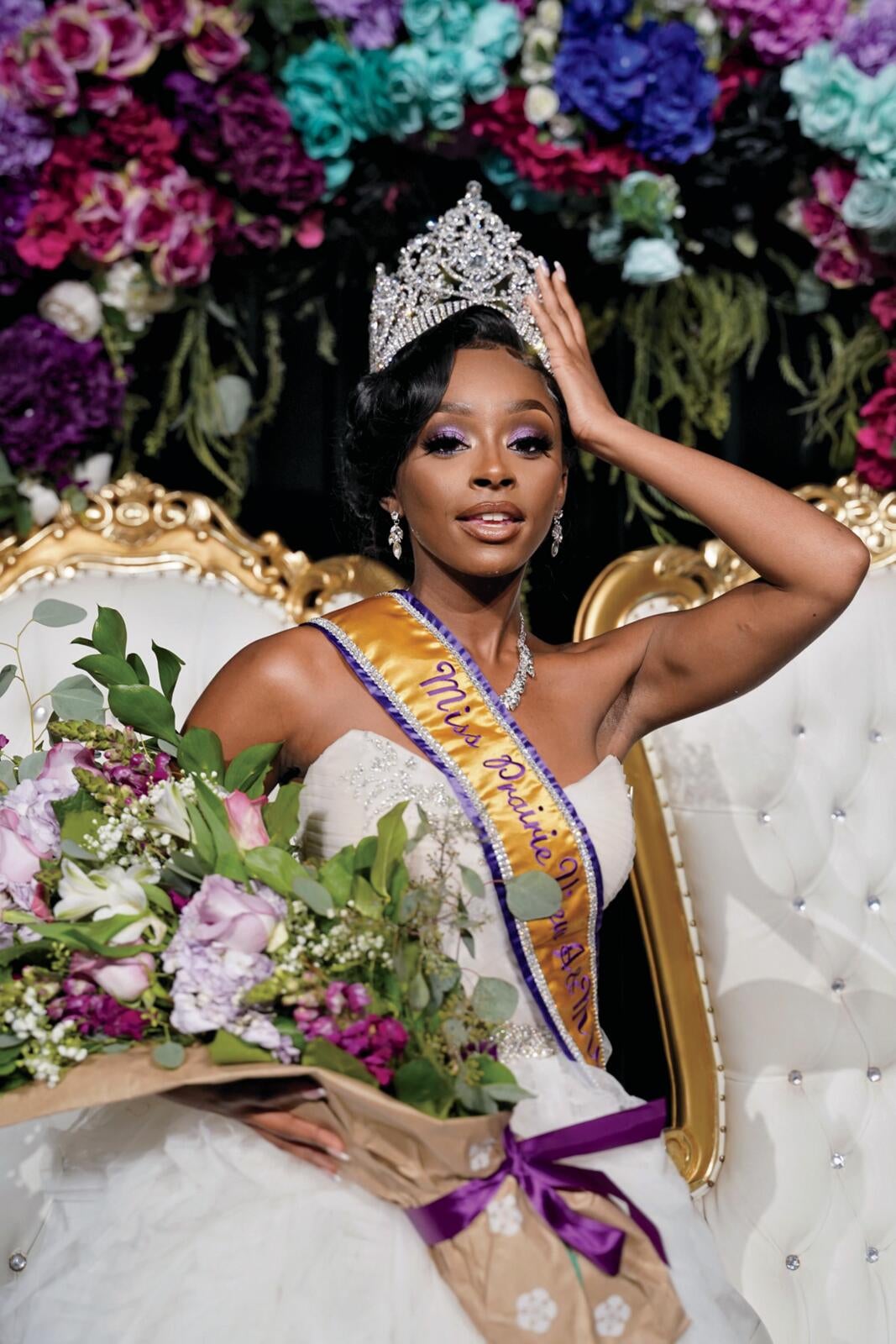
Speaking from Tyler Perry Studios in Atlanta—where she’s in preproduction of a new -Marvel film, Blade—Carter adds, “The alumni who have had such wonderful experiences at their respective HBCUs return to homecoming not only to pay respect to the school but also to pay homage to the experience. And so they’re going to make sure that their gear is in order. There’s history in that. When we celebrate, just like we did centuries ago, we adorn ourselves—and we connect as a community with color. It’s not a wonder that we’re able to do this on a university level. It’s not a wonder that we bring Africanisms into our experience.”
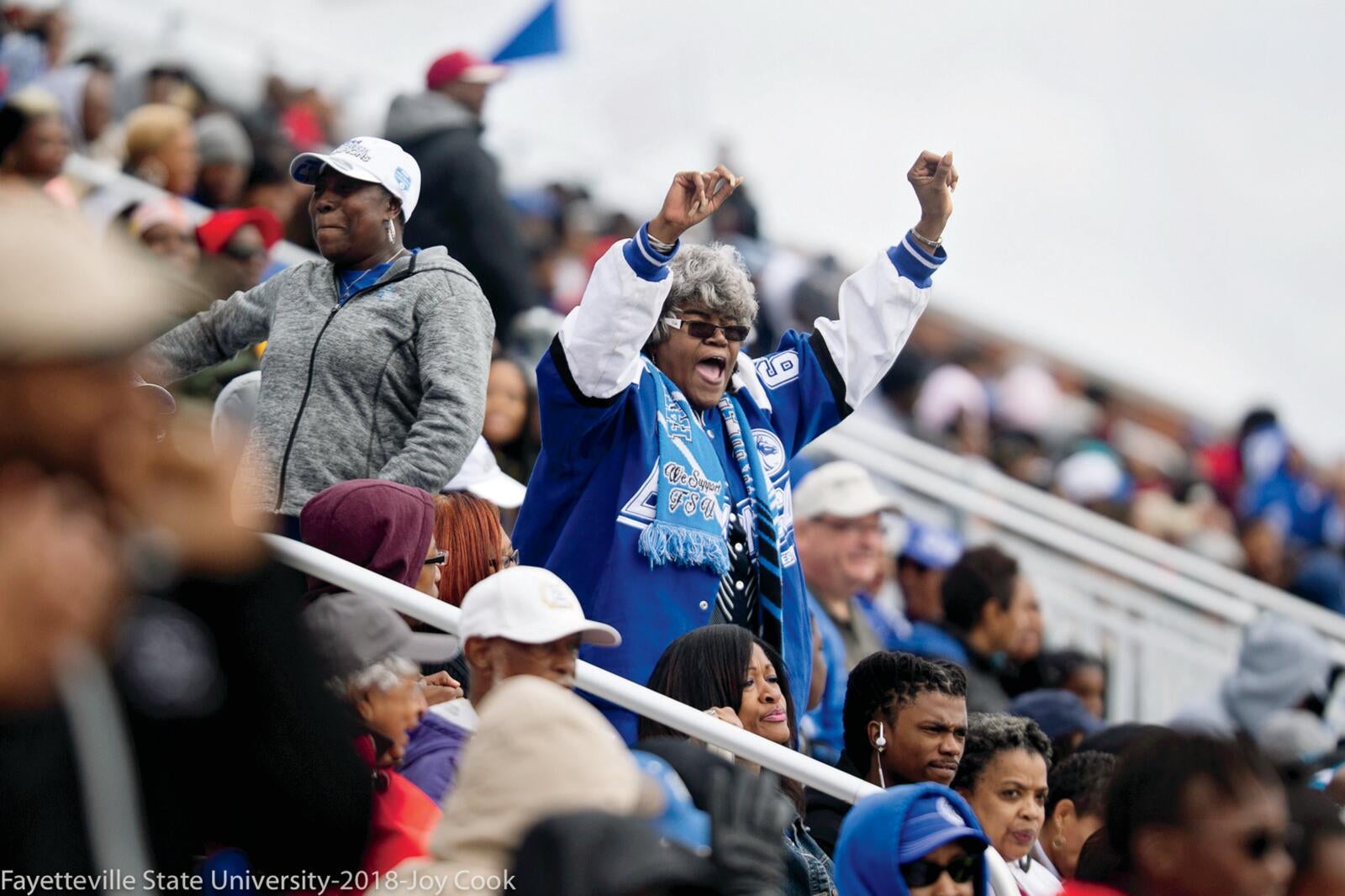
So much of the style on display at an HBCU homecoming—from the way attendees are dressed to the sororities stepping and strolling on the yard to the fellowship events before the game—has roots in our deep and complex ancestry. “There are clearly things that are unique to Black university and college homecomings that you don’t necessarily see at PWIs,” says Tonya M. Matthews, Ph.D., CEO of the International African American Museum in Charleston, South Carolina, which is scheduled for a January 2023 opening. “There’s a different way of celebrating. There’s a different way of embracing. Many of those differences do indeed go back to African traditions—or the African-American tradition of preserving, and perhaps even hiding, our traditions inside of other things.” African boot dancing is the tradition from which stepping originated, she explains. Today, some university communities use this practice as a rite of passage. “Black folks have also used the word homecoming in many ways,” Matthews continues. “We use homecoming to refer to church revivals, akin to the way we use the term homegoing to describe our funerals and send-off services.”
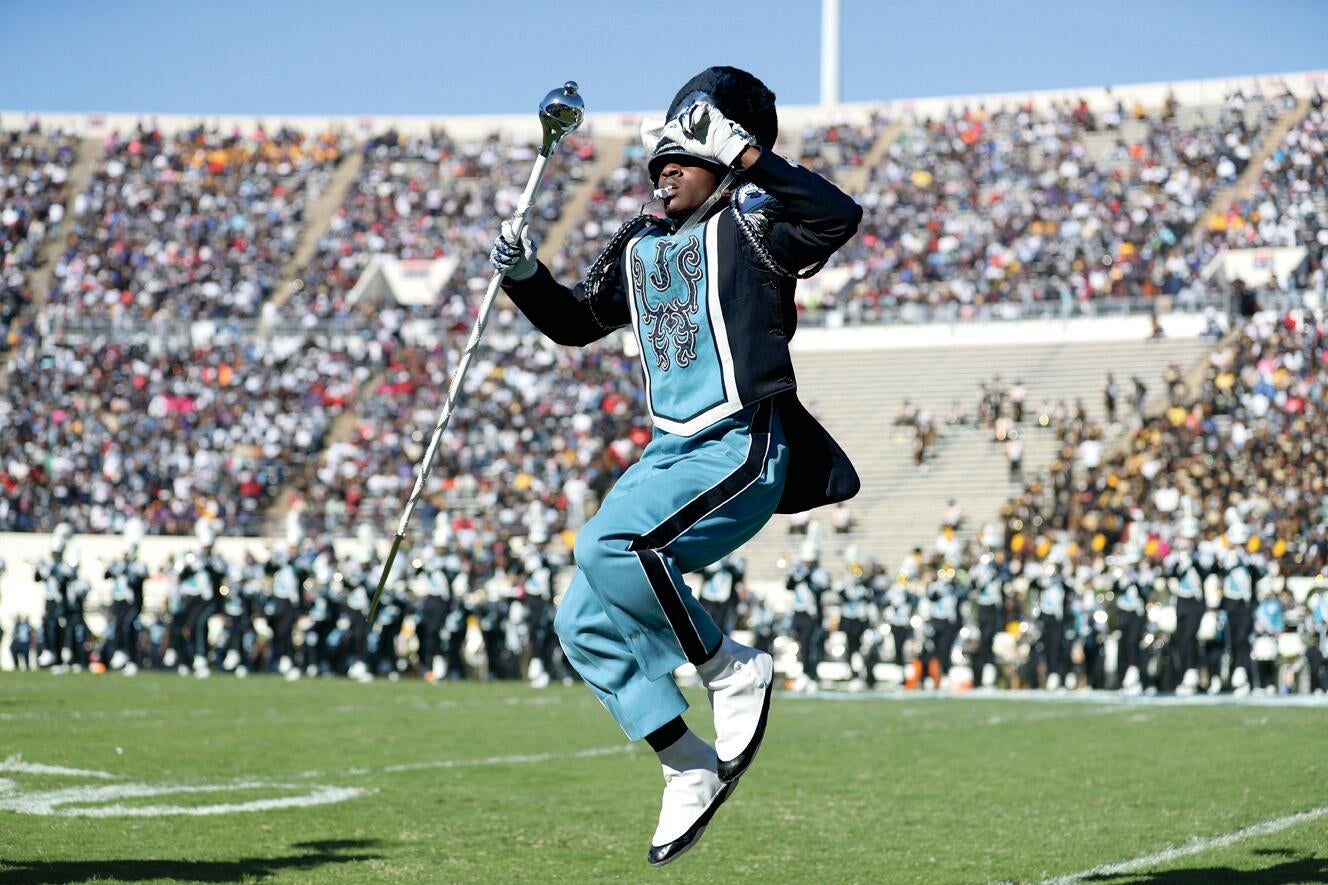
The fact that we can go back to the place where we might have found our voice, our sense of style and our sense of self—perhaps accompanied by friends, a spouse or even our children—is beautiful. For a people who too often feel rootless in a country they helped build, and powerless in a nation they helped make wealthy, it’s priceless to have an annual place, experience and community that always feels like a safe space.
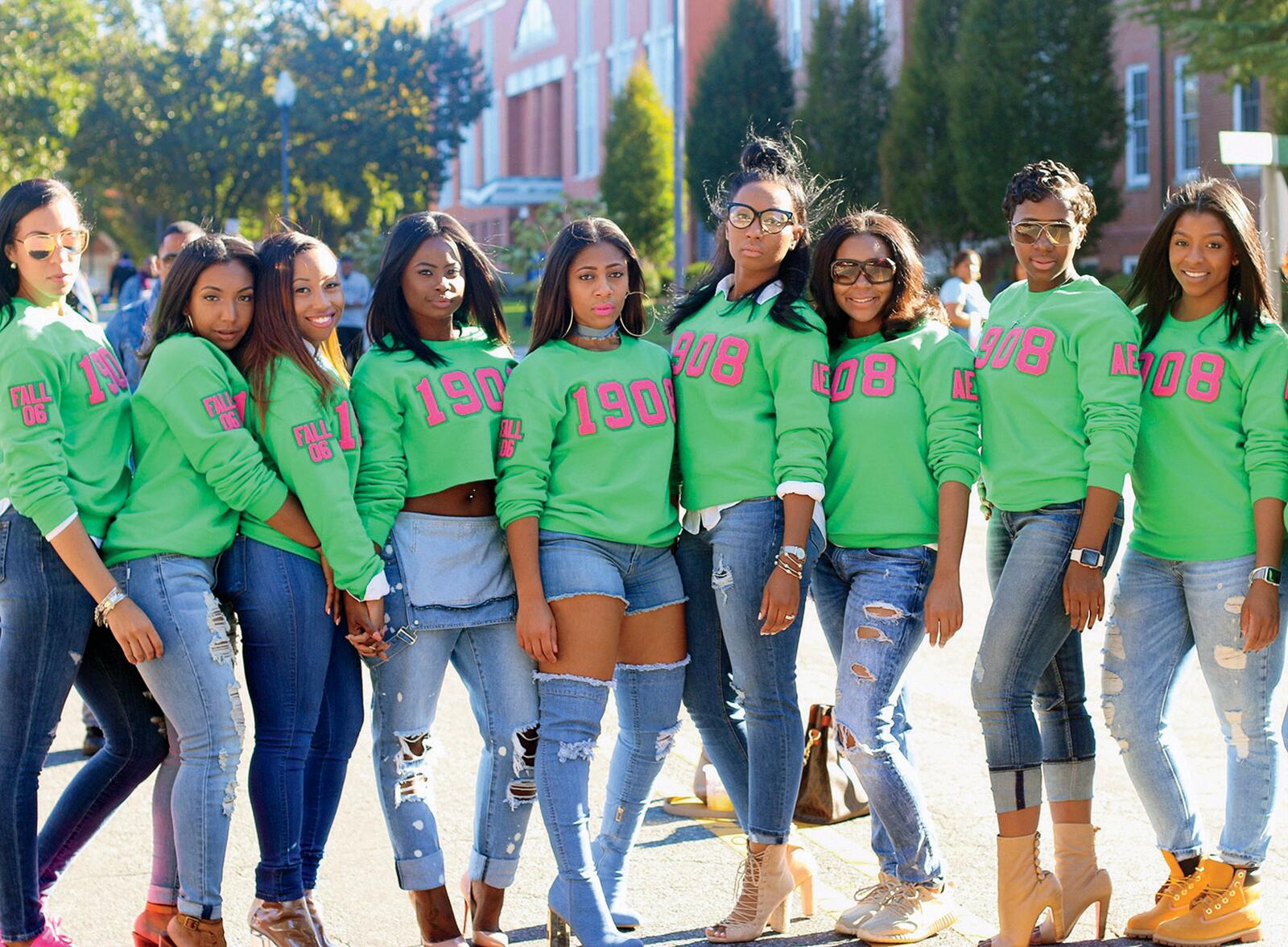
As students, faculty, alumni and those who are simply curious return to HBCU campuses nationwide for these cherished events this fall—many for the first time since the start of the pandemic lockdowns—they can look forward to embracing the past, appreciating the present and anticipating the future. “HBCU homecomings are one of the quintessential demonstrations of Black joy,” says Matthews. That’s because there really is no place like home.
Photo RESEARCH AND CURATION
Adreinne Waheed





